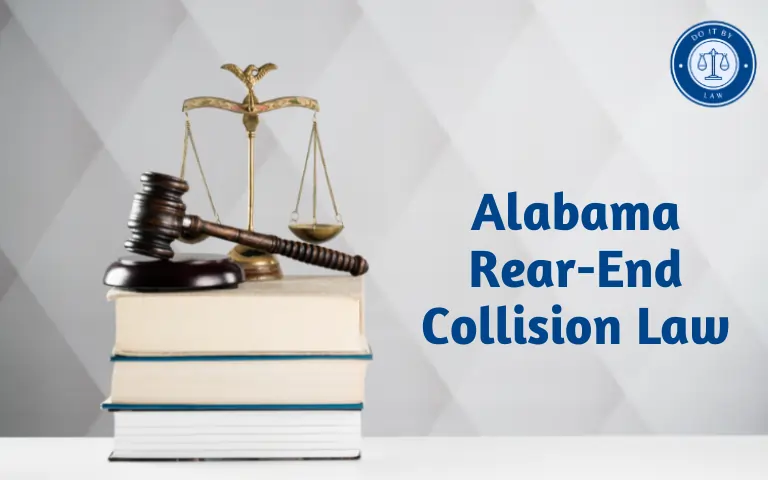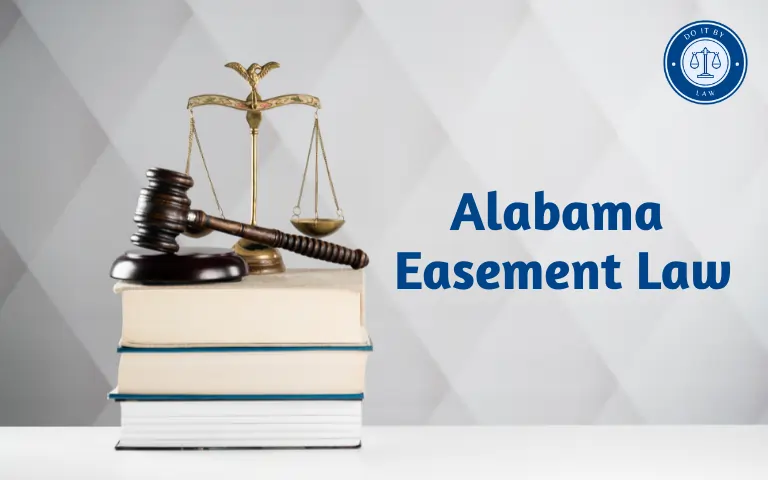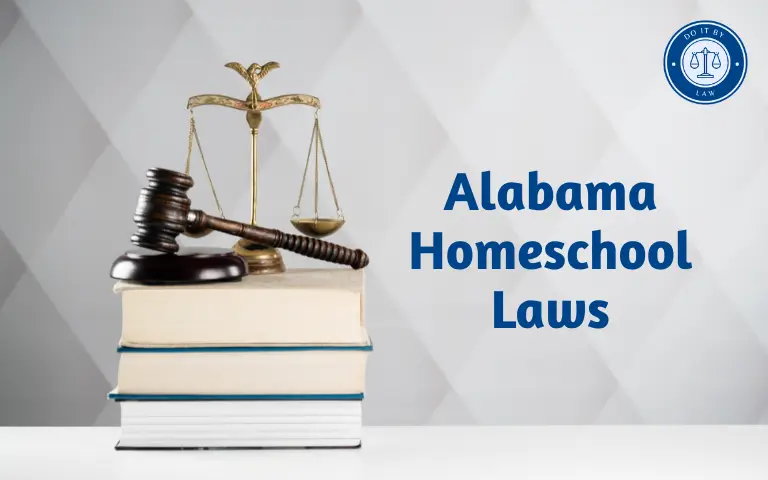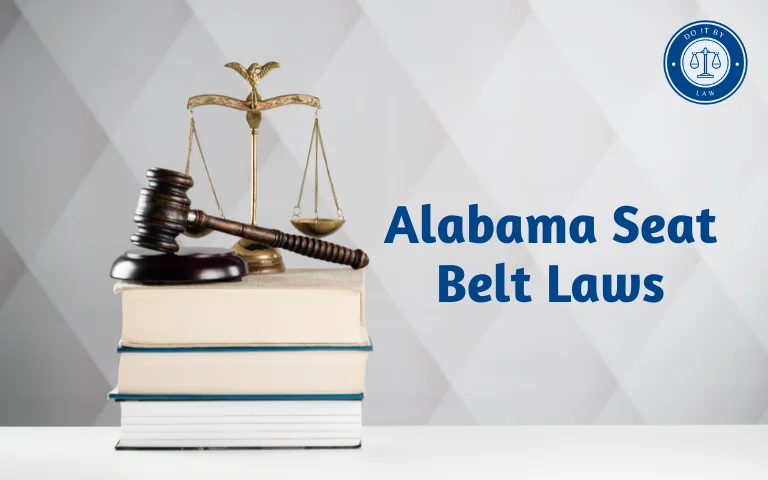Alabama Rear-End Collision Law: What do you need to know
Rear-end crashes are an unfortunate common accident in Alabama State laws generally favor the lead/struck vehicle in determining fault and compensation, but unique factors in each collision matter. This guide summarizes Alabama Rear-End Collision Law and injury liability laws as of November 2023.
When Was Alabama Rear-End Collision Law Enacted and Why Does It Exist?
Alabama began developing precedents around rear-end accident responsibility with early 20th-century court rulings using negligence liability principles from British common law. Plaintiffs had to prove a trailing driver’s unreasonable conduct caused the crash and injuries.
Over time, formal statutes solidified the state’s rear-end collision law framework including:
- Assured clear distance requirements
- Presumption of negligence for striking vehicles
- Specific fines and penalties for tailgating or careless driving contributing to such wrecks
Codifying rear-end accident fault clarifies liability and enables fair victim compensation through insurance claims or lawsuits after rear collisions.
Who Does Alabama Rear-End Collision Law Apply To?
Alabama’s rear-end accident and injury liability laws apply to:
- Drivers of vehicles striking lead cars from behind. They face the presumption of fault.
- Lead vehicle drivers sustaining damages. The law supports their right to compensation if no major fault found.
- Passengers of both vehicles can claim injury damages from at-fault trailing drivers.
- Insurers covering relevant injury liability and collision policies associated with the drivers and vehicles involved in a rear accident.
In complex cases with extenuating circumstances, investigators may assign partial shared fault among victims too.
Key Provisions, Requirements, and Restrictions
Under Code of Alabama Section 32-5A-89, drivers must not follow other vehicles more closely “than is reasonable and prudent”. Key elements of Alabama rear-end collision law include:
Assured Clear Distance Ahead
- Drivers must constantly maintain sufficient stopping distance from any vehicle ahead to avoid rear-end crashes.
Presumption of Negligence
- Striking/trailing vehicle deemed at fault absent evidence lead driver caused collision by sudden stopping, swerving, etc.
Fines and Penalties
- Tailgating fines of around $100 plus court fees. Additional penalties if contributing to an actual accident while following too closely.
Victim Compensation
- Injured occupants of the lead car are not normally barred from damage recovery by Alabama’s modified comparative negligence rules. Must prove actual losses.
Police reports, skid marks, witness accounts, and other evidence prove/disprove trailing driver negligence arguments in disputed liability claim situations.
What are the Penalties for Violating Alabama Rear-End Collision Law?
Drivers deemed at fault in rear-end crashes face civil liability plus potential traffic fines and other penalties:
Injury Lawsuit Damages
- At-fault driver pays injured lead vehicle occupants’ medical bills, lost wages from missed work, vehicle repair costs, plus pain and suffering amounts.
Traffic Citations
- Base fines of around $100 for tailgating/following too closely. Much steeper if reckless driving or DUI is involved.
License Points/Suspension
- 2 points were added for the tailgating ticket. More accrued points from multiple tickets in 3 years trigger a temporary license suspension.
Higher Insurance
- Premium hikes are likely after insurers pay rear-end collision injury claim or collision settlement on the driver’s behalf.
Recent Changes and Proposed Updates to Alabama Rear-End Collision Law
No major revisions were proposed to Alabama’s core rear-end accident liability statutes. However, recent legislation tightened distracted driving rules which may influence fault findings and penalties in more rear-end crashes involving phone use while driving. Proposed bills increasing minimum auto insurance amounts would benefit injury victims too.
Controversies, Debates, and Challenges Around Alabama Rear-End Collision Law
- Alabama faces some disputes around rear-end wrecks despite fairly clear statutory fault rules:
- Weather Conditions: Debates over accident blame with slippery roads.
- Short Following Distance: Light penalties encourage tailgating risks.
- Victim Injury Claims: Pre-existing conditions spark disputes over crash damages links.
- Uninsured Drivers: Compensation difficulties after hit-and-run rear collisions.
- Distracted Driving: Phone use causes more rear crashes clouding liability.
- Chain Reaction Pileups: Dividing fault across sequential multi-car rear impacts poses challenges for injury and collision payouts. Overall, however, Alabama’s rear-end liability framework aligns with other states favoring struck lead vehicle occupants in two-car fender benders.
Key Takeaways on Alabama Rear-End Collision Law
In summary, key aspects of Alabama rear-end accident rules include:
- Trailing drivers face negligence liability for hitting lead vehicles absent contrary evidence on lead car fault.
- Penalties include injury lawsuit damages, traffic fines, license points, and higher future insurance costs.
- Lead vehicle occupants typically recover damages including medical bills, lost wages, and pain/suffering amounts.
- Exceptions exist like adverse weather conditions and multi-car pile-ups complicating fault disputes.
- Recent distracted driving laws address growing cell phone use accidents while driving.
Understanding rear-collision liability principles in Alabama enables protecting your rights if unfortunately involved in a rear-end wreck. Consult a local personal injury lawyer for claim guidance.







